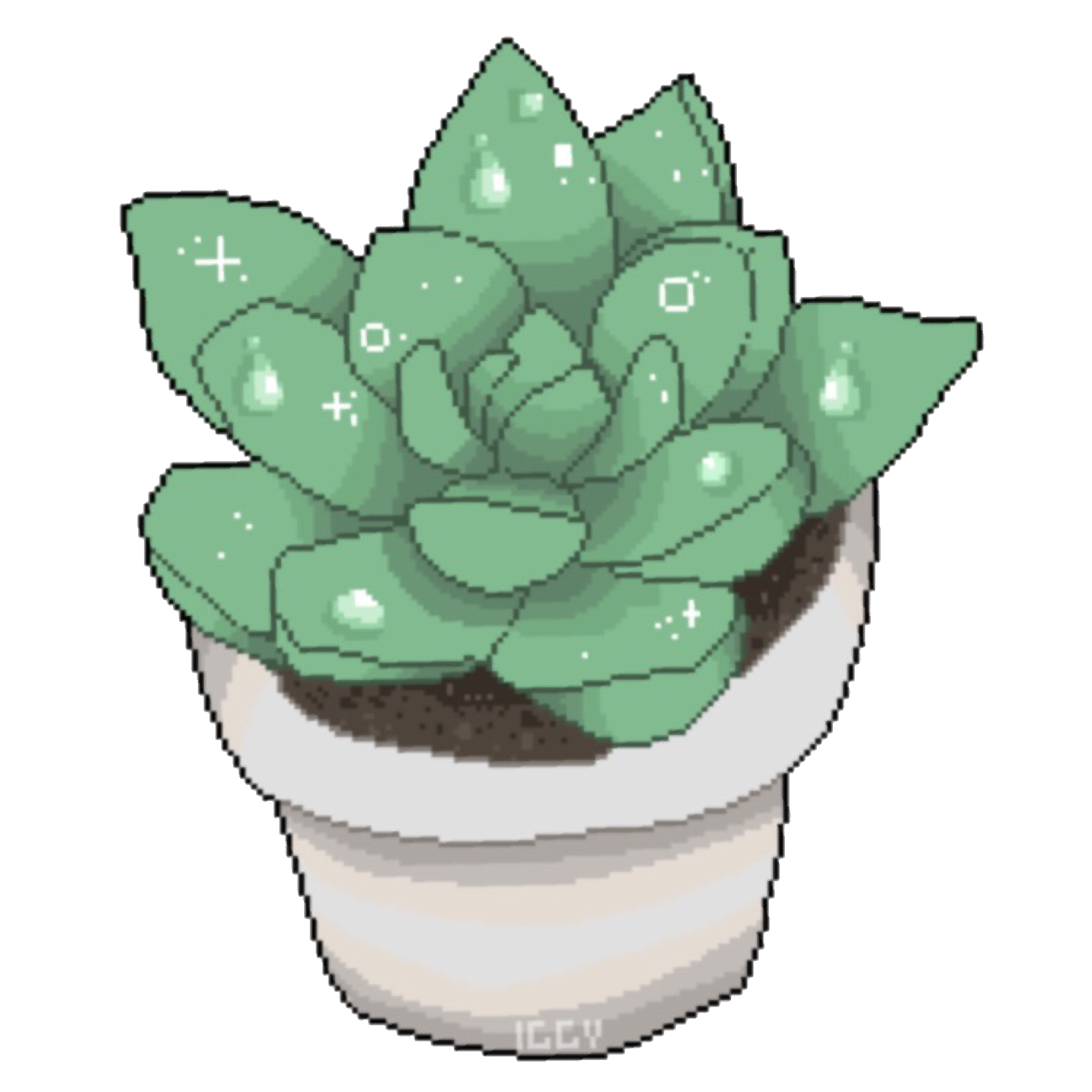I got my firefly petunias from light.bio around a month or so ago and they’re now just starting to take off. This picture was taken in a dark room with no windows, though I’m sure the phone brightened it up a bit. They aren’t as bright as I was imagining, but I still find them neat.


That’s a disingenuous argument. You can’t selectively breed an completely foreign gene into an organism. I can’t believe this even has to be said, but I guess the GMO lobby gets to people more than I thought.
Yes you can, it just takes a lot more effort to get the right random mutation.
Good luck breeding a plant until it replicates jellyfish DNA for fluorescence.
https://phys.org/news/2025-06-fish-biofluorescence-evolved-million-years.html
I mean yeah if you can cause a specific selective pressure for the fluorescence trait and then breed the plant for 100 million years I guess you have a shot haha
Those fish are definitely badass though
It’s crazy how even though the process will take that long theoretically I can make this gene insertion in a single day with modern transformation and gene editing tools
You can shave off most of that 100 million years using variation breeding. No need to wait around for random chance to happen or to fiddle with genes manually when a little radiation can trigger as many mutations as we want.
It’s still random chance. But you are of course right that you would get them faster than possible in what’s typically considered natural.
No one really does this anymore though. Of course you can’t select the radiation induced mutation or where or how many or how large or what you want it to do. Most give nothing useful whatsoever if they aren’t just outright killed by the mutation.
You just would have to do literally billions of them and see if you can observe any type of desirable phenotype because there’s no realistic way to do sequencing on that many.
Many traits are not regulated by single genes but on long pathways involving multi gene networks. These are complex and make it even more unlikely to obtain in any reasonable amount of time adding another layer of complexity
If you want a plant to glow and all you’re doing hypothetically is irradiating them I think it would take much longer than you may initially expect.
Thank you for the enjoyable discussion by the way :)
Likewise! I know the idea isn’t practical, I just love all the weirdness that comes with taking something that’s only technically feasible and pushing that thought to extremes. XD
Hey, if you had funding you could totally go for it. I’m only familiar with likelihood of rare plant events because I’m always trying to get them in vain. Several years now with gene editing tools haha
No one lobbied me lol. They cross bred a petunia with a mushroom. It’s roughly the same concept as when humans bred maize.
Not really. They transformed plant cells in a lab with GFP from a mushroom and established a stable transgenic line. This can’t be done without modern techniques. Not the same as breeding them
No they didn’t crossbred it. Fungi and plants are so far apart in the tree of life that suggesting this is ludicrous. You can’t get a fungal spore and place it in a petunia’s flower and get a hybrid.
DNA manipulation in a lab and selective breeding are fundamentally different. It’s silly to try to compare both.